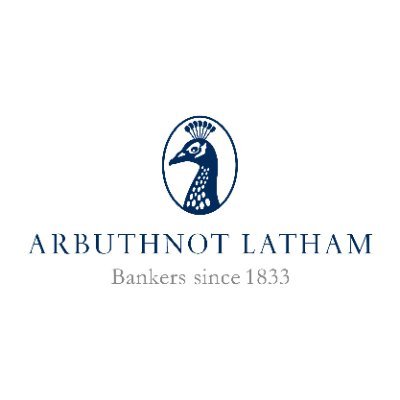With 2025 on the horizon, property investors and developers face a landscape shaped by economic uncertainty, regulatory shifts, and evolving market demands. We spoke with Stacey Baxter, a senior commercial banker at Arbuthnot Latham’s real estate finance team, to explore the key trends, challenges, and opportunities that will define the sector in the year ahead.
After a cautious pre-election period and the 2024 Autumn Budget, property investors remain wary. High interest rates and fiscal policy changes, including alterations to inheritance tax and stamp duty relief, have created further turbulence. Despite some inflation stabilisation and modest rate cuts, interest rate reductions are now forecast to progress at a slower pace than previously expected.
Affordability remains a major hurdle. The Bank of England’s base rate is now projected to settle at 4% in 2025, rather than the anticipated 2–3%. This squeeze on landlord returns and mortgage affordability could push rental growth to unsustainable levels, with Savills forecasting rental increases outpacing income growth. While smaller landlords may be forced to exit the market due to tax burdens, well-capitalised investors are seeing opportunities. Larger players with diversified portfolios are leveraging their liquidity to acquire distressed assets, refurbish them, and position for long-term gains.
As we move into 2025, investment conversations continue to focus on two key asset classes: residential properties and logistics facilities. The housing shortage remains a persistent driver of demand, with Savills projecting a 4% rental growth in 2025 and 17% cumulative growth over the next five years. Similarly, the e-commerce boom has sustained demand for storage and distribution centres. Retail properties, however, face mounting pressures as tenants push for shorter leases, reducing yields and values. In contrast, hybrid workspaces and sustainable green offices continue to attract investor interest.
The government’s ambitious target to build 1.5 million new homes over four years has sparked debate. While the pledge is bold, execution remains uncertain given ongoing challenges such as high interest rates and stricter building regulations. Creative solutions, including more permitted development rights (PDR) schemes and greater utilisation of brownfield sites, could help bridge the gap, but developers require stronger incentives to act.
Regulatory challenges are also shaping investment decisions. Commercial lease negotiations have become more complex as tenants resist long-term commitments, exerting downward pressure on property values. Affordability remains a key concern for acquisitions and refinancing, as high interest rates constrain lending criteria. Additionally, the incoming rental reform, introducing caps on rent increases, is prompting landlords to reassess their portfolios to align rents with market levels before restrictions take effect.
Sustainability is another critical focus. Although tighter EPC regulations have been delayed until 2030, landlords cannot afford to ignore them. Properties that fail to meet energy efficiency standards risk becoming unrentable or unsellable. With financial institutions prioritising green lending, landlords must act now to enhance their buildings’ sustainability credentials or face reduced financing options.
Sentiment in the sector is mixed. While many remain cautious due to high interest rates, well-capitalised investors see opportunities in acquiring distressed assets at competitive prices, particularly at auction. Meanwhile, Basel 3.1 regulatory changes, scheduled for early 2027, are a major industry talking point. With implementation postponed and potential renegotiations on the horizon, investors are in a holding pattern.
Looking ahead, businesses should prioritise strategic planning. Reviewing finances, exploring refinancing options ahead of loan maturities, and repositioning portfolios to align with market trends will be crucial. Sustainable investments will become increasingly important, with banks favouring properties that demonstrate strong energy performance or have clear upgrade strategies.
At Arbuthnot Latham, we play a pivotal role in supporting clients through these market shifts. Whether through tailored financial solutions, equity releases, or bespoke loan structures, we help investors navigate challenges and unlock growth opportunities. Sustainability financing is another key area of focus, assisting clients in future-proofing their properties against upcoming regulatory requirements.
Beyond lending, our expertise extends across commercial banking, wealth management, and private banking, providing a holistic approach to financial planning. By leveraging our network of professional advisers and industry specialists, we help clients not only mitigate risks but also capitalise on emerging opportunities.
As the property sector enters a new phase of transformation, Arbuthnot Latham remains committed to being more than just a lender—we are a trusted partner guiding clients through market complexities and towards sustained success.
Arbuthnot Banking Group PLC (LON:ARBB), trading as Arbuthnot Latham, provides private and commercial banking products and services in the United Kingdom. Founded in 1833, Arbuthnot Banking is based in London, United Kingdom.


